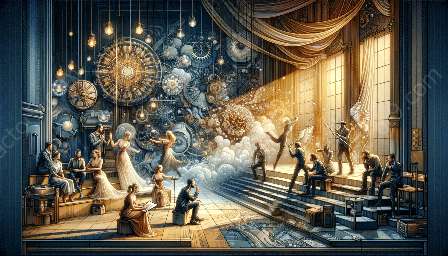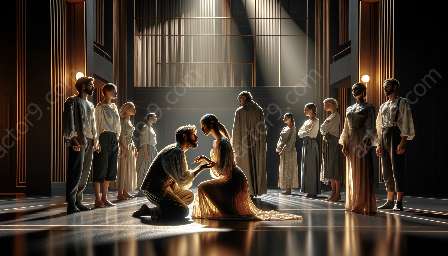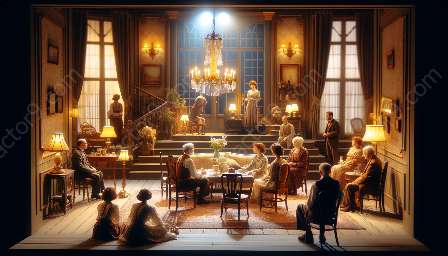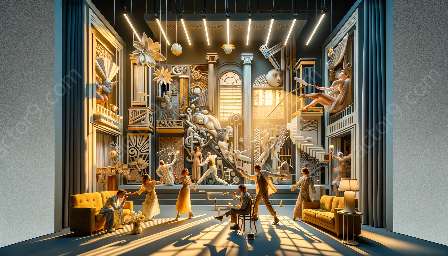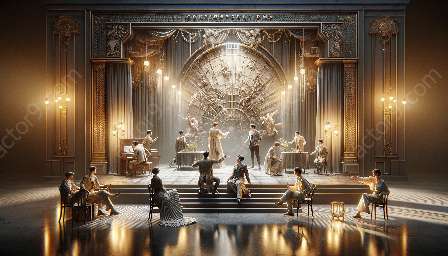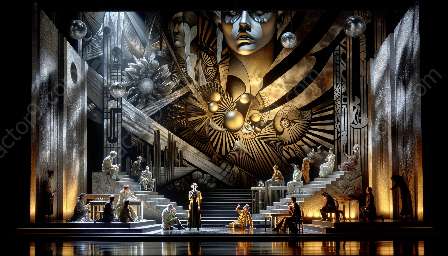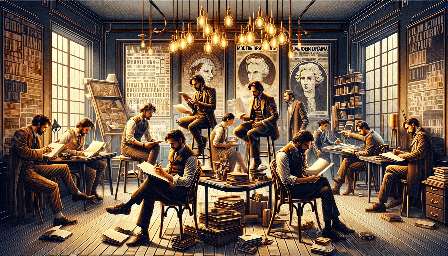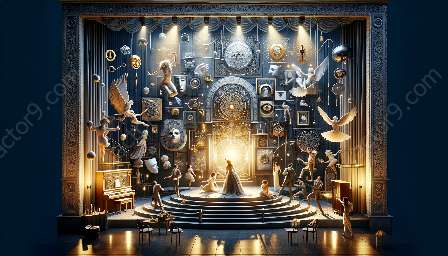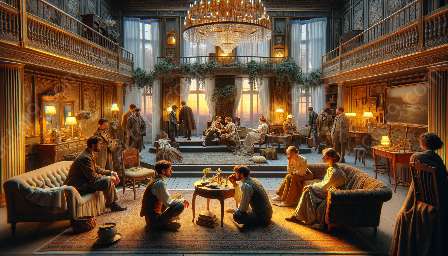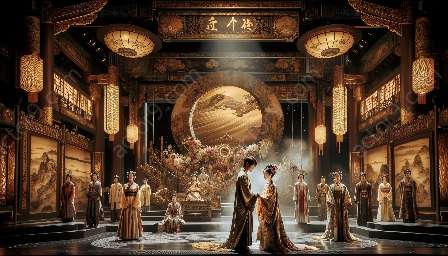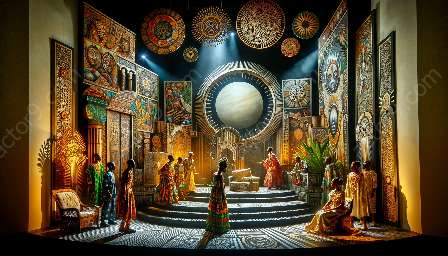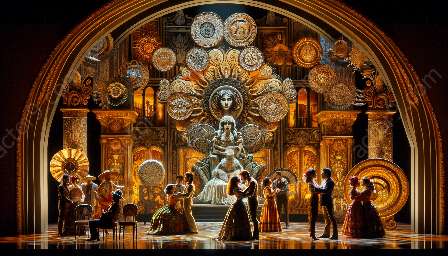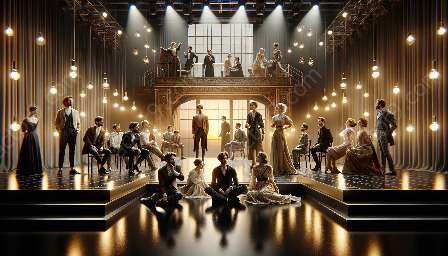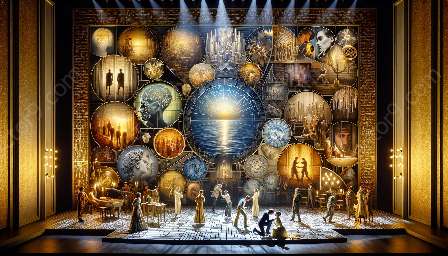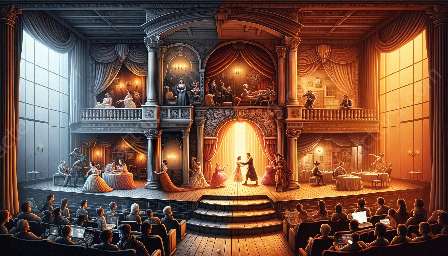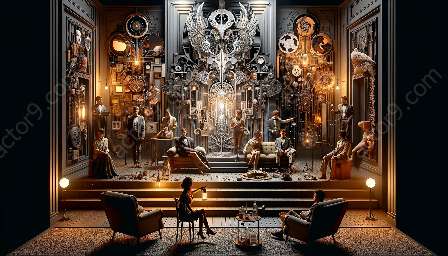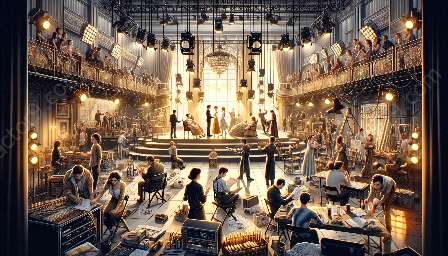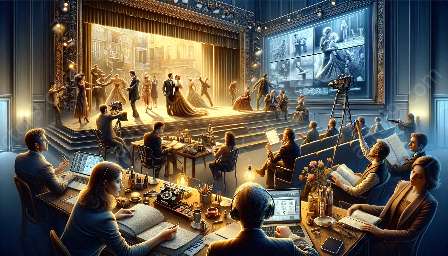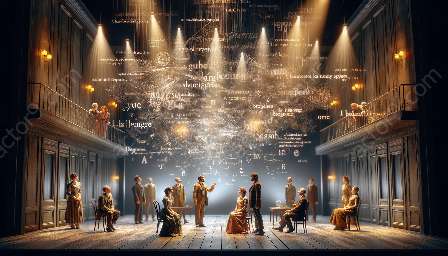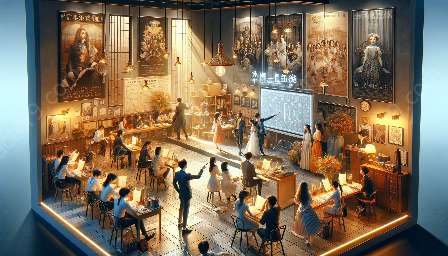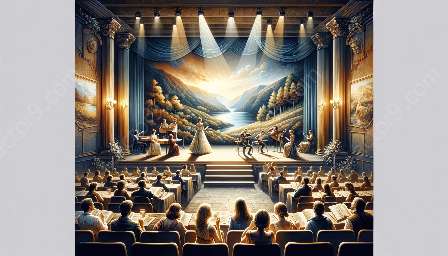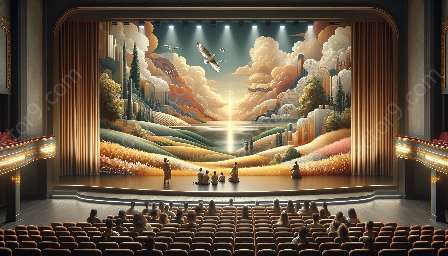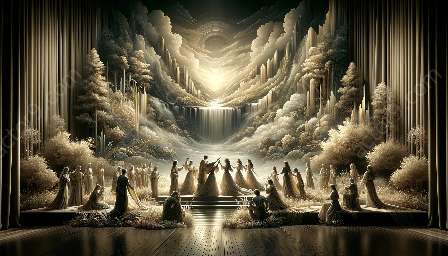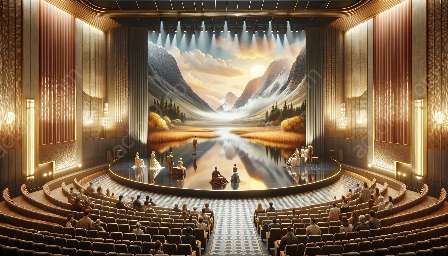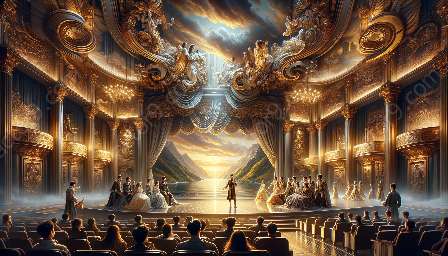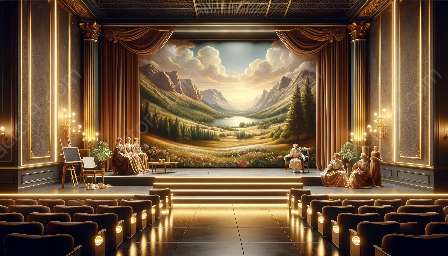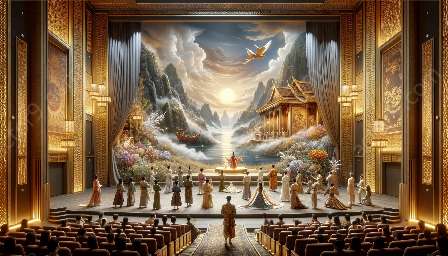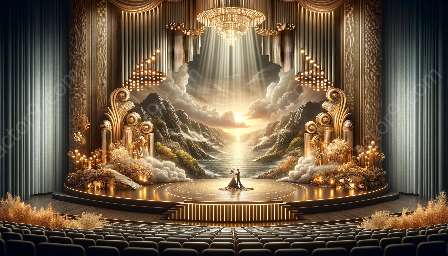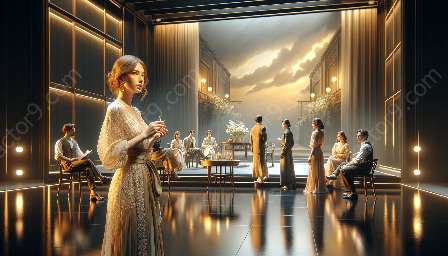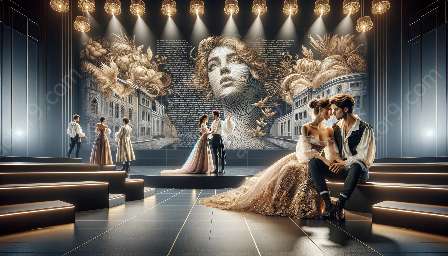Interdisciplinary collaboration in modern theatre plays a crucial role in pushing the boundaries of creativity, innovation, and storytelling. In this topic cluster, we will explore the significance of interdisciplinary collaboration in modern theatre, its compatibility with modern drama vs. classical drama, and its impact on the evolution of modern theatre.
Understanding Interdisciplinary Collaboration
Interdisciplinary collaboration involves the cooperation and exchange of ideas, skills, and perspectives among individuals from different disciplines or fields of expertise. In modern theatre, this collaboration extends beyond playwrights, directors, and actors to include professionals from diverse backgrounds, such as technology, design, music, dance, and more. This collaborative approach blurs the lines between traditional roles and enables a richer, multidimensional creative process.
Importance of Interdisciplinary Collaboration
Interdisciplinary collaboration is integral to modern theatre for several reasons. First, it fosters a culture of inclusivity and diversity, allowing for a wide range of voices and talents to contribute to the artistic process. This diversity of inputs often leads to more nuanced and compelling storytelling that resonates with a broader audience.
Second, interdisciplinary collaboration encourages the exploration of unconventional ideas and techniques. By inviting experts from various fields to collaborate, modern theatre can incorporate cutting-edge technologies, experimental forms of expression, and innovative staging methods that challenge traditional norms and expectations.
Compatibility with Modern Drama vs. Classical Drama
When considering the compatibility of interdisciplinary collaboration with modern drama versus classical drama, it's important to recognize the shifting dynamics of storytelling and performance. Modern drama often embraces a more fluid and boundary-pushing approach to narrative structure, character development, and thematic exploration. As a result, modern theatre is naturally inclined to welcome interdisciplinary collaboration as a means to expand its creative palette.
On the other hand, classical drama, with its adherence to established theatrical conventions and traditional forms, may initially appear less conducive to interdisciplinary collaboration. However, there is an increasing trend in contemporary reinterpretations of classical works that leverage interdisciplinary collaboration to breathe new life into these timeless stories. By incorporating fresh perspectives, modern technology, and diverse talents, traditional plays can be reinvigorated for today's audiences.
Impact on the Evolution of Modern Theatre
The impact of interdisciplinary collaboration on the evolution of modern theatre is profound. As collaborative practices continue to evolve, they push the boundaries of what is artistically possible. This evolution is evident in the seamless integration of multimedia elements, interactive experiences, and immersive environments within modern theatre productions. The fusion of different artistic disciplines and technical expertise has led to groundbreaking theatrical experiences that transcend the confines of traditional stagecraft.
Furthermore, interdisciplinary collaboration has contributed to the democratization of theatrical creation. By welcoming input from diverse sources, modern theatre has become more inclusive, adaptive, and reflective of contemporary society. This evolution has not only expanded the artistic potential of theatre but also heightened its relevance and accessibility to a broader audience.
Conclusion
Interdisciplinary collaboration in modern theatre is a driving force behind innovation, reinvention, and the reimagining of theatrical expression. As the boundaries between artistic disciplines blur, the potential for creative exploration and experimental storytelling expands. Embracing interdisciplinary collaboration ensures that modern theatre remains a dynamic and transformative medium, capable of engaging, challenging, and inspiring audiences for generations to come.


